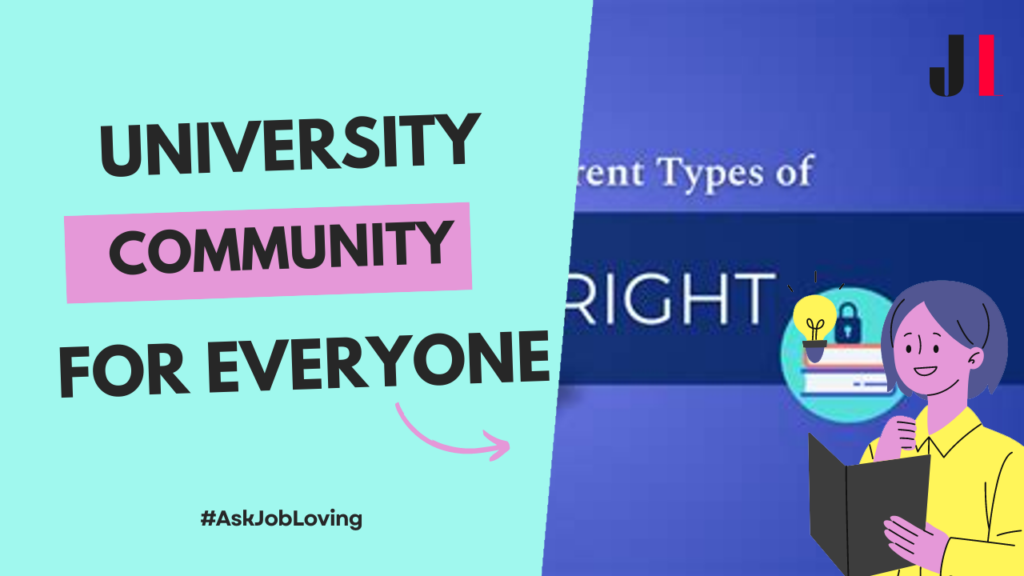What is Copyright in a Course at Columbia University?
Copyright plays a significant role in the academic environment at Columbia University. In simple terms, copyright automatically protects original works of authorship as soon as they are produced and fixed in a tangible medium. This means that as soon as you create something—be it a piece of writing, music, or visual artwork—it is copyrighted without you needing to file anything. However, there’s a nuance when it comes to works produced in an academic setting, especially regarding who holds the copyright.
For course materials, the general rule is that if faculty or students create these original works (think lectures, coursepacks, or handouts), the creator typically retains copyright unless they have signed an employment agreement that assigns their rights to the university. This can lead to interesting conversations about ownership in academia. In essence, faculty members usually own their lectures and associated materials, while students retain rights to their own creations produced during the course.
It’s important to navigate the treacherous waters of copyright when dealing with materials that are not your own. For example, if an instructor wants to use excerpts from a book for a coursepack, they usually need to obtain permission from the copyright holder first. This aspect highlights the importance of respecting and understanding copyright law while fostering an educational environment where knowledge can be shared without infringing upon others’ rights.
Fair Use and Copyright Exceptions
One great concept that comes into play is “fair use.” Fair use allows individuals to use copyrighted works without permission for specific purposes like criticism, news reporting, education, and commentary. But beware! There are no hard-and-fast rules about what qualifies as fair use; it often depends on various factors like purpose, nature of the work, amount used, and effect on market value. Essentially, it’s all about context!
Columbia University’s approach to copyright reflects broader trends in academia: lecturers can assert copyright over their course materials while still considering fair use principles when utilizing existing works. This balance fosters creativity while protecting creators’ rights.
In Conclusion: Understanding Copyright at Columbia
In summary, copyright in a course at Columbia University centers around the automatic protection of original works. Faculty typically retain rights to their materials unless otherwise stated in employment agreements, while students keep ownership of their creations. Additionally, adhering to fair use guidelines is essential for navigating copyright complexities in academic settings.
If you seek further help or resources regarding what copyright entails in a course at Columbia University, don’t hesitate to reach out to us at the JobLoving community! We’d love to assist you on your journey through intellectual property law in education!

